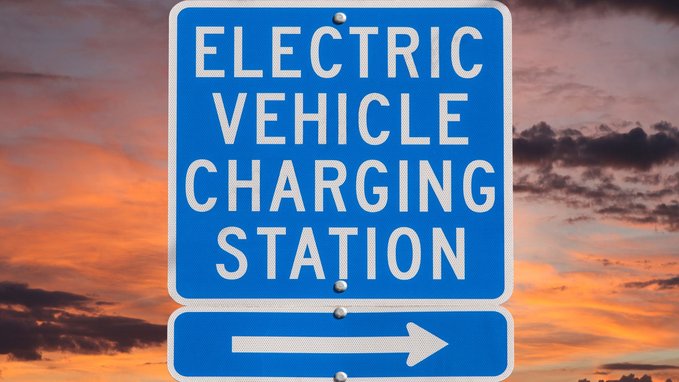6 Motorcycle Safety Tips For A Long Distance Trek

Riding your bike while trekking can be challenging. In most cases, you’d need to cross rivers and rough roads. The longer the road, the more obstacles you’ll have to overcome in order to reach your destination safely and successfully. Because of this, you may need to prepare your bike for a wild ride.
If you’re going on a long-distance trek soon, whether you’re coasting or going uphill, you should keep your motorcycle ready and safe for any ride. For that purpose, here’s an article about motorcycle safety tips to guide you. Read on!
- Drive Defensively
To keep you safe, you may need to practice defensive driving. This technique lowers the number of road accidents, such as collisions and sideswiping. It also maximizes fuel consumption and reduces motorcycle maintenance costs.
This method may include the proper use of signals, the identification of road hazards, and understanding the three-second gap rule. If you’re in California, you may want to be familiar with these techniques as they’re known to be effective against the leading causes of motorcycle accidents in California and other states.
- Prepare Your Bike

Since your motorcycle will be your primary mode of transportation, you’ll want to make sure it’s ready and safe to ride. For this purpose, you may need to inspect it thoroughly before, after, and during breaks. For better inspection and preparation, you may need to check the following:
- Battery
Ensure that the battery on your motorcycle is in good working order. You may also consider its power rating and lifespan. In most cases, good batteries can last up to five years if they are properly cared for and maintained.
- Lights
Consider installing motorcycle lights that aren’t too bright and not too dim. These lights will assist you in signaling turns, guiding you in the right direction, and improving your visibility when the trails and roads become too dark at night.
- Oil
Ensure that your motorcycle engine has enough oil to keep the engine lubricated and running smoothly.
- Brakes
It’s always a good idea to check your brakes before embarking on a long-distance journey, especially if you’ll be driving on slippery roads and slopes. Brake pads that have become worn out should be replaced as soon as possible.
- Air
The load capacity of your motorcycle should be taken into consideration when inflating your tires. The pressure should be between 28 and 40 psi in order for it to run smoothly on the road.
- Gas
For your long-distance ride, make sure your tank is full of gas. Knowing where the gas stations are along the road would be useful so you’d know when to stop and have it refilled when it’s nearly empty.
- Engine
Check your engine for possible issues. Allow it to run for at least half an hour before your trip so you can listen for unusual noises or other signs of engine trouble.
- Know Your Route
While a map can help you understand the route you’ll take, researching the terrain, wildlife, and potential road hazards is necessary. This way, you’ll know what to avoid during your trek and when to slow down, such as when going downhill or passing a sharp curve. In addition, you can also identify the road and traffic signs you may need to be familiar with.
- Wear Appropriate Clothing
Apart from keeping your motorcycle’s parts complete and functional, you should also consider wearing suitable road gear to ride confidently. Since your routes are likely to be rough, you may need to wear appropriate clothing that may include the following:
- Helmet
Choose a full-face helmet as it provides better protection for your head and face. In addition, full-face helmets generally have fiberglass composite and carbon fiber that keeps the helmet breathable. To ensure maximum protection, you should purchase a helmet that has passed safety standards.
- Jacket
You may opt for a high visibility jacket with a soft collar, and breathable features. You should also consider the pockets you’ll need. The more pockets your jacket has, the more appropriate it is for a long ride.
- Gloves
Invest in a pair of motorcycle gloves that could protect your hands from abrasion and cuts.
- Shoes
To avoid lower limb injuries, choose shoes with leather material, oil-resistant soles, and ankle protection.
- Bring Your Tools
Punctured tires, broken chains, and oil leaks are typical motorcycle issues you may need to address when going for a long-distance trek. For this purpose, you may need to have a complete set of tools to fix the problems immediately. The devices may include the following:
- Socket sets
- Wrenches
- Tire pump
- Oil drain pan
- Screwdriver
- Spare chain and Sprocket set
- Tire puncture gum
- Keep An Eye On The Weather
Apart from the terrain, inclement weather has an impact on your road visibility. Because of this, you should keep an eye on the weather forecast before and on the day you ride your bike. This way, you can decide whether to go ahead with your planned trip or reschedule it for a better weather day.
Wrapping Up
Once you’ve arrived at your destination, you should be able to return home safely. If you’re planning to go for a long-distance trek soon, consider using the motorcycle safety tips in this article. Take whatever suits your riding needs, or ask a seasoned biker for other safe bike riding tips to save gas, enjoy the ride, and make the most of your motorcycle riding experience.





